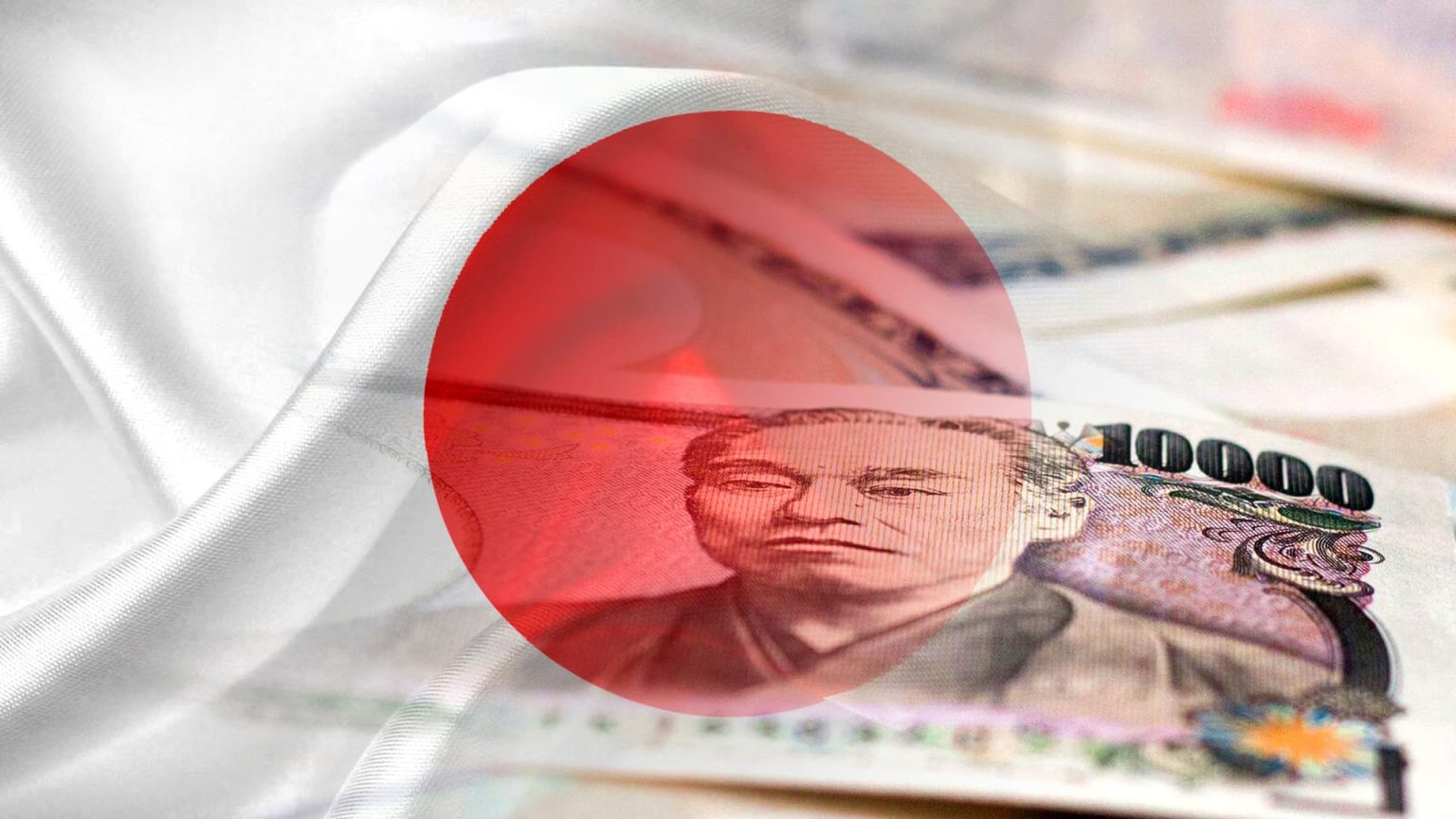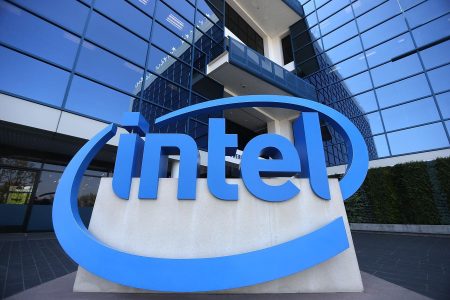The Japanese yen fell to 156 against the U.S. dollar after the Bank of Japan decided to keep its benchmark interest rate unchanged at 0%-0.1%. The central bank also announced that it would continue to conduct bond purchases in line with its decision in March. Tokyo’s headline inflation rate for April was reported at 1.8%, down from 2.6% in March, with core inflation falling to 1.6% from 2.4%. This data is seen as a leading indicator of nationwide trends. Despite this, Japan’s Nikkei 225 rose by 0.93% and the Topix was up by 0.79%. South Korea’s Kospi also saw gains, while Hong Kong’s Hang Seng index and mainland China’s CSI 300 both rose. However, Australia’s S&P/ASX 200 fell by 1.2% due to declines in industrial and health services stocks.
In the U.S., stocks experienced a sharp decline following data showing a slowdown in economic growth and significant inflation. U.S. gross domestic product expanded by 1.6% in the first quarter, below economists’ expectations of 2.4%. Additionally, the personal consumption expenditures price index rose at a pace of 3.4%, much higher than the previous quarter’s 1.8% increase. This led to the Dow Jones Industrial Average dropping by 0.98%, with Caterpillar and IBM experiencing significant declines. The S&P 500 and Nasdaq Composite also decreased by 0.46% and 0.64%, respectively.
The Bank of Japan’s decision to maintain its benchmark interest rate had a negative impact on the Japanese yen, leading to a decline against the U.S. dollar. Tokyo’s inflation data for April showed a slowdown in both headline and core inflation rates, signaling potential challenges for the economy. Despite this, Japan’s stock market indices, including the Nikkei 225 and Topix, recorded gains. In contrast, Australia’s stock market experienced losses due to declines in certain sectors. Meanwhile, Hong Kong and mainland China’s indices saw increases, reflecting different market trends across the region.
The U.S. stock market faced challenges following disappointing economic growth and higher inflation rates than expected. The GDP expansion of 1.6% in the first quarter fell short of economist forecasts, with the personal consumption expenditures price index showing a significant increase. This led to declines in major indices like the Dow Jones Industrial Average, S&P 500, and Nasdaq Composite. The poor performance of key companies like Caterpillar and IBM contributed to the overall market downturn.
Overall, the financial markets in Japan, South Korea, Hong Kong, mainland China, Australia, and the U.S. experienced contrasting trends based on economic data and corporate performance. The Bank of Japan’s decision, along with Tokyo’s inflation report and U.S. GDP data, influenced market movements and investor sentiment. While some indices recorded gains, others faced losses due to specific sectoral challenges and external economic factors. The global market landscape remains uncertain, with potential impacts on stock prices, exchange rates, and economic policies in the coming months. Investors and analysts continue to closely monitor market developments to assess potential risks and opportunities for investment.















